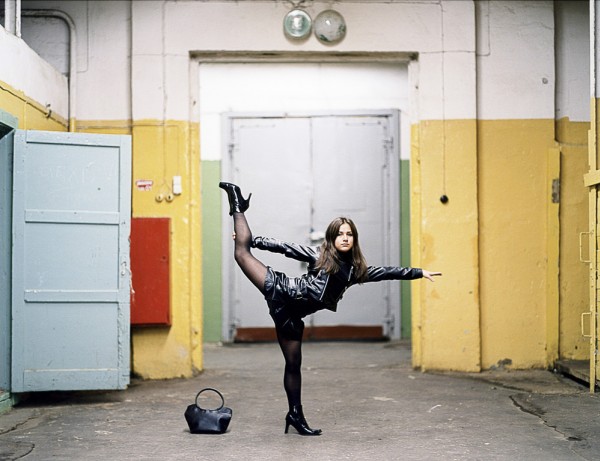
Next year it will be twenty years since the fall of the Iron Curtain and the Berlin Wall changed the world. In the communist years before November 1989 the work of many talented photographers in the East Bloc countries could not reach the audience it deserved. Because of censorship, repression and the Cold War their work, if shown at all, would not be exhibited beyond their country's borders and most definately not in the West.
The 15th edition of the Noorderlicht International Photofestival is the first show ever to present a comprehensive narrative of photography from the former East Bloc. The exhibition shows many photographers who are now forgotten but in their time succeeded in finding their space to work independent of the utopian regime.
Behind Walls concentrates on the area between Moscow and Western Europe, those nations that fell under the influence of the Kremlin, but now search to engage themselves with the West rather than the East.
Behind Walls presents work from about 70 photographers from Belarus, Bulgaria, (Former) Czechoslovakia, (East) Germany, Estonia, Hungary, Latvia, Lithuania, Poland, Romania, Ukraine and (Former) Yugoslavia. The exhibition on the years since 1989 also contains work from Albania and Moldova.
In a second ancillary show Noorderlicht vizualises the period after 1989 and the transformations that have taken place since the fall of the Iron Curtain.

Built in 1888 and unchanged since, Riga Circus is the world's oldest hard top circus still standing in its original form. Latvia's first film projections were held here in 1989 and the Circus has never stopped its shows throughout the country's tumultuous history. During a show two thirds of the 130 people working here are Russian. Occupied by the Soviets from 1940 until independence in 1990, the Russians represent a third of Latvia's population (800 000 of 2 600 000). The Soviet period was the circus hey day. There were over 40 hard top circuses spread around the Soviet Union. Encouraged, taught in schools and subsidised during Soviet rule, the physical prowess's of circus performers were emblematic of a socialist brave new world.
Independent and soon to be member of the European Community, Latvia no longer subsidises the Circus. By the end of 2003, the Circus will be returned to the heirs of its previous owners before it was nationalised by the Soviets. Situated in the town centre, the Circus is prime real estate and most believe that it will be pulled down to be replaced by office blocks. Of all those that I met, few were optimistic about the Circus's future. The young plan to leave and work in other European countries. The elderly don't know what they will do.